How Jeff Bezos Started
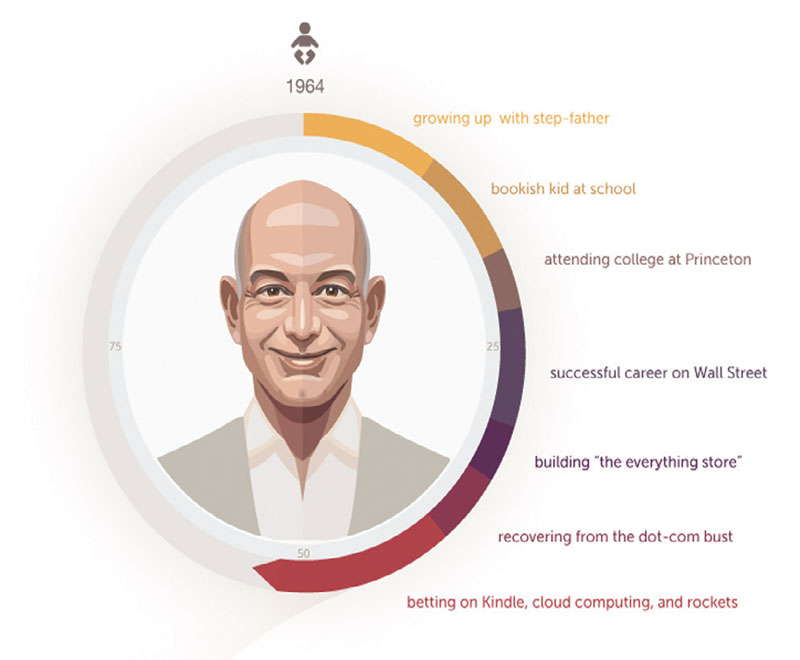
The Ingredients for Starting
If I were to redo my college, and if I could have anyone I wanted for professors, I would enroll in the “How People Actually Start Something” course co-taught by Jeff Bezos, Elon Musk, Bill Gates, Mark Zuckerberg, and a few others. This wouldn’t be a business course but the first class one would take in college: business just happens to be the most extreme case of making something out of nothing. When I graduated I realized that no one mentioned anything about how to apply my skills. But there were people who could “apply me” – that’s called a job. This realization came to many people I knew in college. It happened to Bezos, too. Coming out of Princeton he wanted to start a business right away. But lacking an honestly good idea he got a job instead. And then another. And another. He was already 30, successful, well-paid, and due for the annual bonus just a few months away. Yet he walked away from it all and started Amazon. How? In short and not necessarily in this order, he did it with his wife, with a hack, in a garage, and using his savings. On top of that, a close look at the timeline of Bezos’s life shows a few rare habits: an unusual preference for long-term plans (he financed the 10,000- year clock), unbelievable calmness, a surgical study of books, and the ability to find hacks in the system. Now let me describe them in chronological order. I won’t retell you the entire biography, though. I want to make these easier to see and remember.
A Person Of a Method
Bezos is a person of a method. To upgrade himself regularly, he comes up with “frameworks” that optimize his life. For example: How to increase “women flow” – strategies for meeting dating-eligible females that included taking ballroom classes (yes, “women flow” as in “deal flow” and “cash flow”) The Regret Minimization Framework – projections of your life forward to when you are very old, looking at your life in hindsight and making decisions that will lead to the least amount of regret The Virtuous Flywheel – a cycle in which one good decision creates the opportunity to make more good decisions These methods were borrowed from books – reading books and literally applying them to optimize his life is a method in itself.
1. Minimizing Regrets
(Avoiding regrets althogether is not an option. Or is it?) If you didn’t start succeeding in life early, by now the feeling of regret has crept in. At 29, while debating whether to start his “everything store”, a prescient Bezos was already keenly aware of how terrible it would feel to regret not having tried when he was old. So he came up with the Regret Minimization Framework. He used it to decide whether to walk away from a well-paying job on Wall Street in the middle of the year, which would mean passing up on that year’s bonus.
The framework works like this:
- Project your life out to when you are 80 years old.
- Ask your 80-year old self if you regret now that you didn’t try starting that business you thought could be a big deal.
- Then ask yourself if you’d regret your job. How about your unpaid bonus? Your stability? Feeling of “having made it”?
This long-term perspective cleared his short-term confusion. For Bezos, the decision became obvious – he should go. [1]
2. Finding hacks in the system
Now we get as close to how the man actually started as it gets. The hustle. An ingenious kind. No one was waiting for Bezos with open arms to help him get the book business off the ground. To even get some books to sell he had to convince distributors to sell to him at bulk prices but without the minimum order requirements that he couldn’t meet because he had very few orders at the beginning. He insisted he would soon have higher sales volume. They still refused. Necessity sets the wheels turning. Bezos had to figure out a hack. Hacking the bulk orders for books This hack alone is probably the closest single answer to how Jeff Bezos started. At the beginning, Amazon sold books for less than other bookstores.
How was it possible? In a 3-day book selling class Bezos learned that when buying books in bulk from distributors, you can get them at 50% off the price printed on the back of the book jacket. But to get the bulk price Bezos needed to buy a minimum of 10 books at a time. At the very start, this was much more than he was selling. After tinkering with the ordering system Bezos found an glitch in the system: it let you to order 10 books without having to receive 10 books. Now he had to find a book that he could order but not receive – something gone out of print. He found an obscure book on lichen and ordered nine copies of it plus the one book he needed. The distributor sent the book with a note that they are out of the lichen book. Bezos started ordering 9 lichen books for every book he bought.
Hacking the sales tax
The hack that led Bezos to found Amazon in Seattle as opposed to some place in California has to do with not wanting to charge customers sales tax. Back then an online business could avoid paying sales tax in states where it didn’t have a physical presence. If Amazon was in California, all California customers would have to pay the tax. Bezos wanted to ship his books sales tax-free to as many people as possible. Since California has a lot of people, a less populous state made more sense. (That hack, by the way, ended some 15 years later when cashed-strapped states recovering from the 2008 crisis made Amazon pay.)
3. Alone against the world
Reading about Bezos’s life, I feel tired on his behalf. Aside from fighting with other companies, Bezos is often solo against his own executives. He was alone in favor of super saver shipping. Alone insisting on launching Prime – a paid membership service that gives you two-day shipping free. He alone was trying to get his managers to stock every book ever published on Amazon – that never happened because the execs refused to do it. The execs dubbed this and other similarly ambitious campaigns “fever dreams”. How deos he deal with the resistance? Here’s his reply to one of the execs who challenged him, “Do I need to go down and get the certificate that says I’m CEO of the company to get you to stop challenging me on this?”
4. He doesn’t share plans
Bezos is secretive. His biographer Brad Stone dug inside a trash can to discover the existence of Bezos’s rocket company. We don’t learn anything about his personal life. We know little about what he does outside of Amazon and running his venture capital firm.
5. He is calm
Not making much profit for 20 years takes nerves of steel. Amazon is still, after 20 years, a growing company. But it hasn’t yet been making a lot of profit. This point is counterintuitive. Businesses can exist only if they make money, you know. At least at some point. For the past 20 years, Amazon made very little compared to its sales. So how can Amazon be such a large company? And how can Bezos be world’s 5th richest person? The answer is in the difference between two things: how much money a company makes in profit and how much people think it could make based on its revenue (which is the money coming into the company).
Amazon has $107 Billion in revenue which means people want to buy from it. But it has only $482 Million in profit. This is half a percent. Half a cent on the dollar. How could it be that after 20 years a company with almost a quarter of a million employees is still not making much profit? The answer is growth. 20 years of growth that still continues today. At some point investors will want a return, though. When will that point come? Bezos believes that he should keep growing the company (and not prioritizing profit) for as long as it is growing. Only when Amazon stops growing Bezos will start monetizing on all those customers he will have won over. Will Amazon ever stop growing then? Perhaps not on Bezos’s watch. And the reason is that he is good at learning what he doesn’t know.
Learning What He Doesn’t Know
Bezos didn’t just accidentally decide to start out by selling books – he loves reading. Bezos reads books, takes notes, and lives his life by them. Steward Brand, the author of The Whole Earth Catalogue (the same publication that Steve Jobs said inspired him to “Stay Hungry, Stay Foolish”) once saw Bezos’s copy of his book How Buildings Learn. He was startled – every single page was covered with handwritten notes. The insights Bezos gathers he applies in his company. For example, after reading The Innovator’s Dilemma Bezos realized the only way for Amazon to stay innovative was by inventing the very thing that would put it out of business. This is how Kindle was born. Kindle was supposed to kill the business of selling paper books. And sure enough, nine years after Kindle was launched Kindle books sell more than physical ones. Perhaps no one book expalins what Bezos’s ability to know what he doesn’t know means than. The Black Swan by Nassim Taleb – Bezos had all his top executives read this one because it explains what Bezos handles with the least tolerate – ignorance of one’s stupidity. This is different from stupidity itself. Being stupid and knowing it is OK. What’s not OK is making mistakes while feigning intelligence. Even worse is not realizing you are feigning intelligence. Bezos wants his employees to know what they don’t know – the desire that inspired snappy phrases like, “Does it surprise you that you don’t know the answer to that question?” [3]
Two other big influences on Bezos come from these two books:
‘The Remains of the Day’ by Kazuo Ishiguro How do you know that you haven’t lived your life in vain? When you are old this question creeps up as you look back and strain to find the purpose of the life you lived. How do you overcome regret? How do you justify your choices? These questions loom large in the wistful mind of a perfect English butler as he looks back at the war and his place in the universe. Yes, this is fiction which Bezos believes is better for learning than non-fiction. As Mark Twain noticed, “Truth is stranger than fiction, but it is because fiction is obliged to stick to possibilities; truth isn’t.”
‘Sam Walton: Made in America’ by Sam Walton
Published the same year as the author died, this book makes no bones about Walton’s mistakes and lack of original ideas. Every right thing he did he borrowed from other people who ran good stores – so he made sure to visit as many as he could. One of Bezos’s six core principles comes straight from this book – the bias for action. His other takeaway is eternal frugality. In 1999, he was still driving a Honda Accord. His wife – a Honda minivan. And his employees were paying for parking.

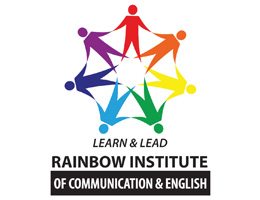
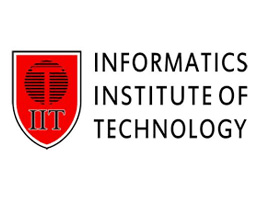

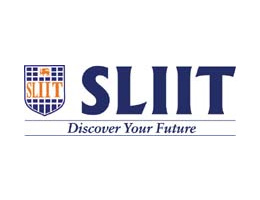

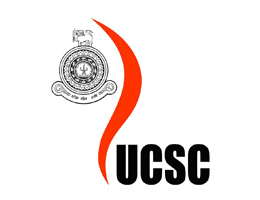

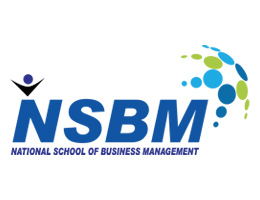
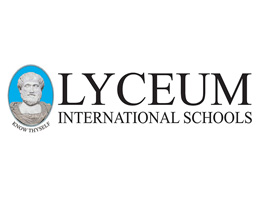

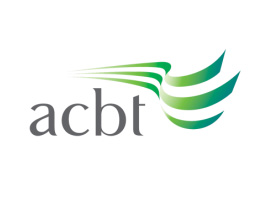
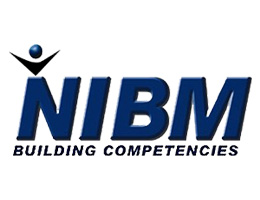
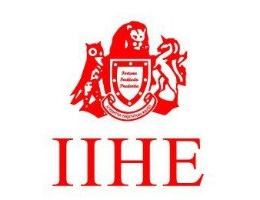

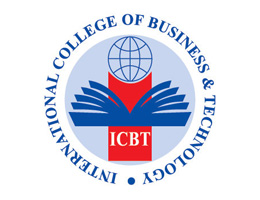


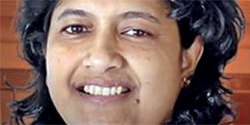



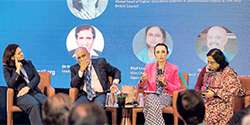
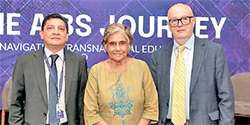
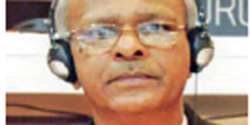
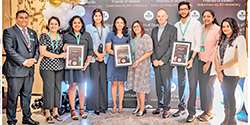


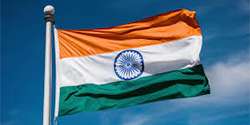


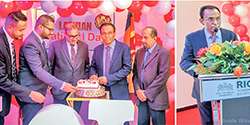
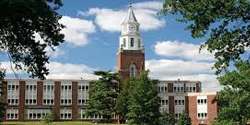

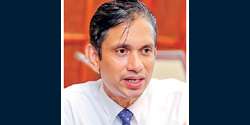

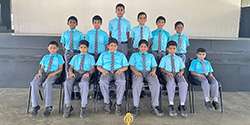



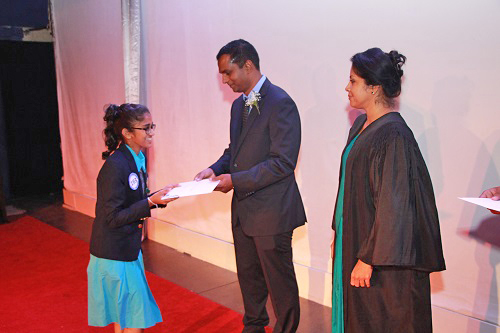

.jpg)
.jpg)
.jpg)
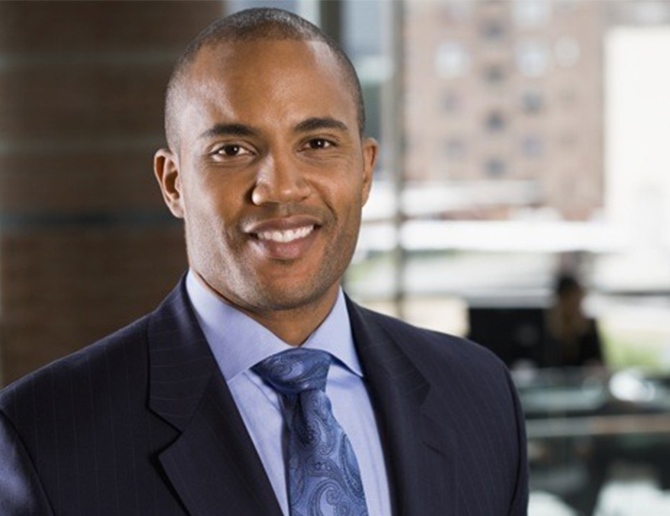
.jpg)
.jpg)
